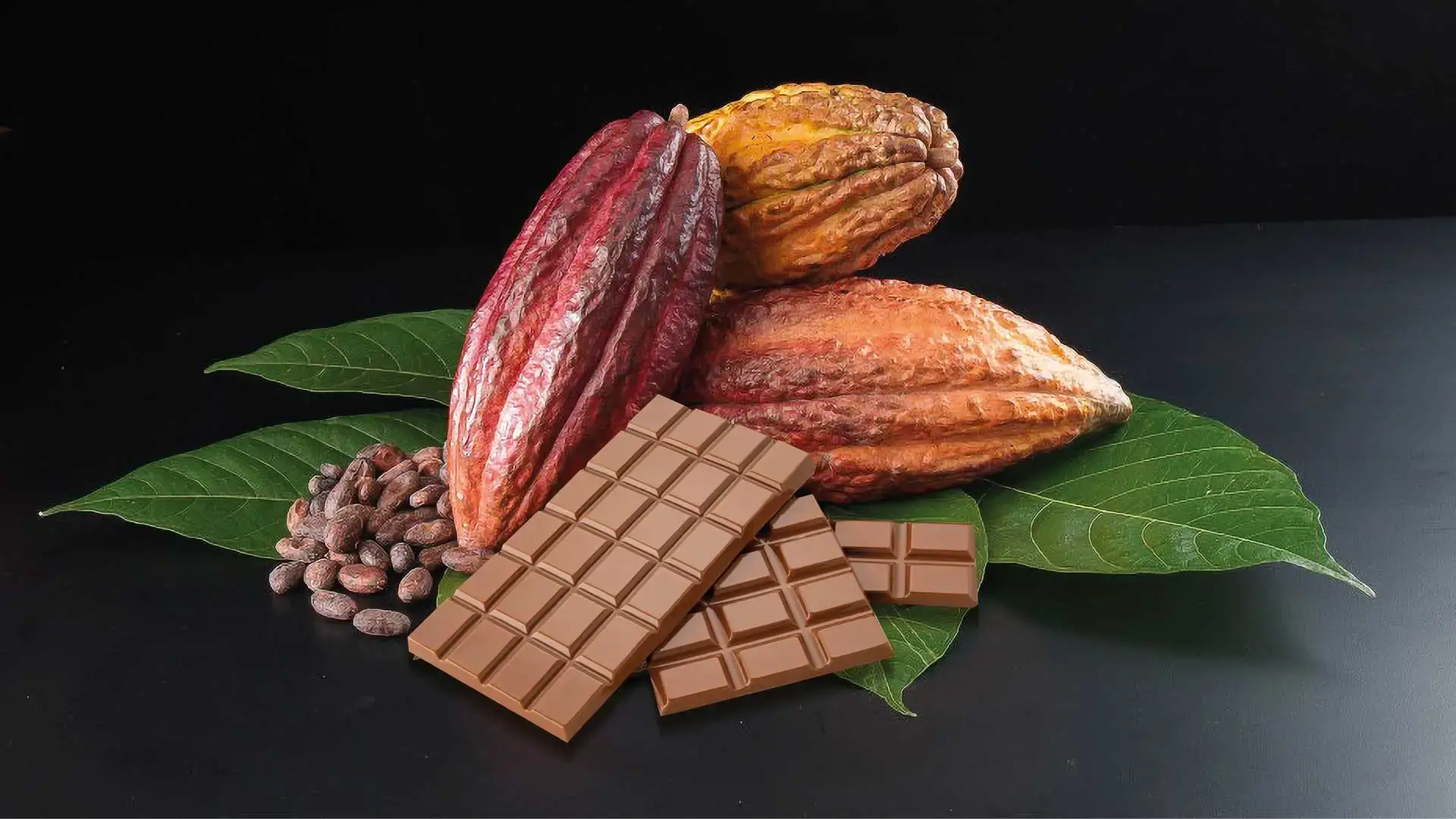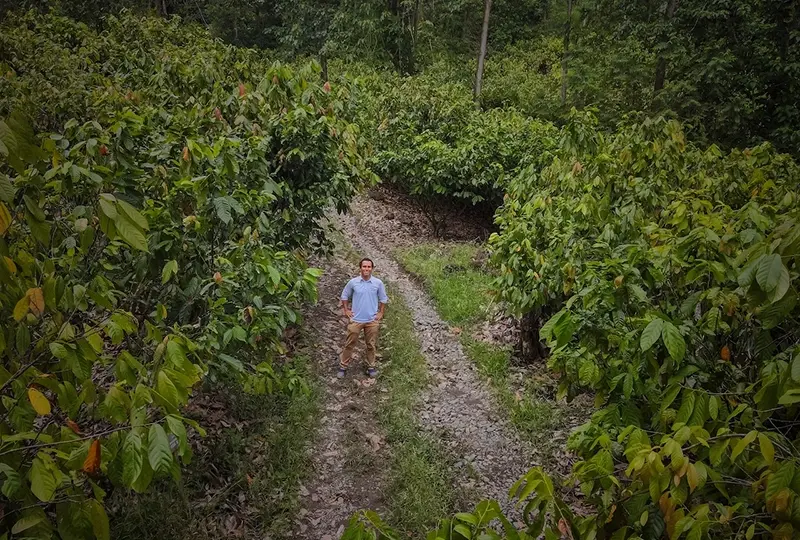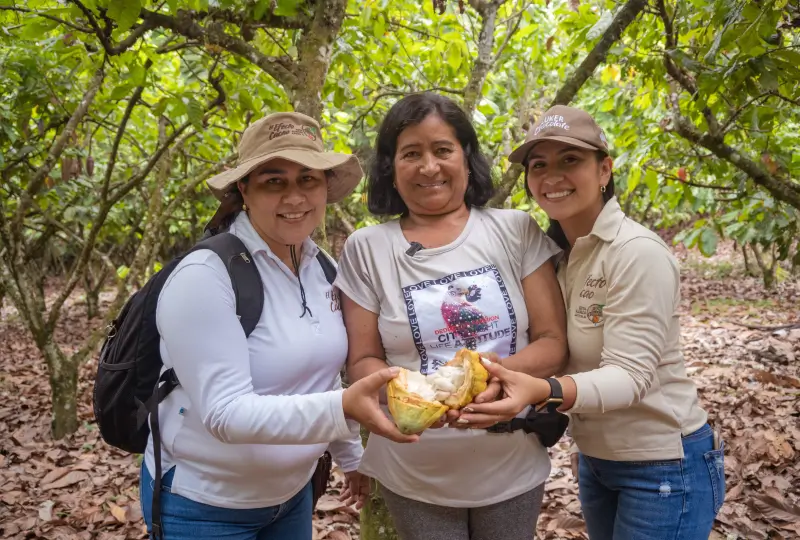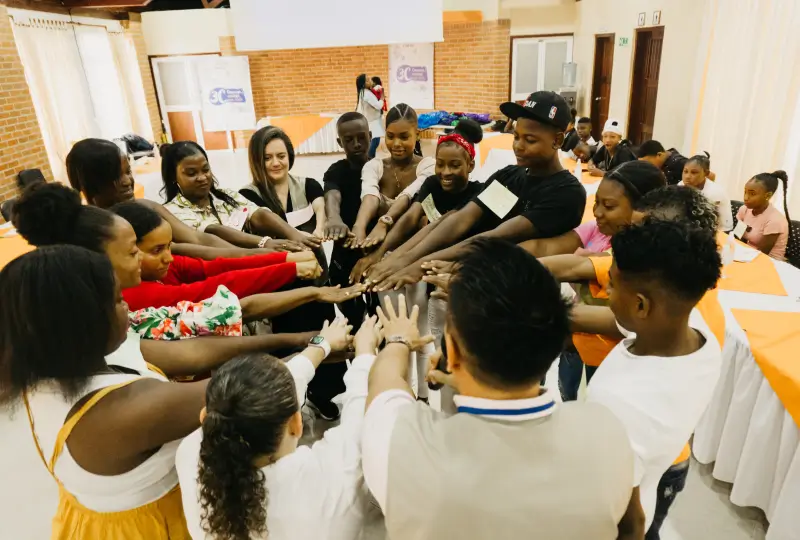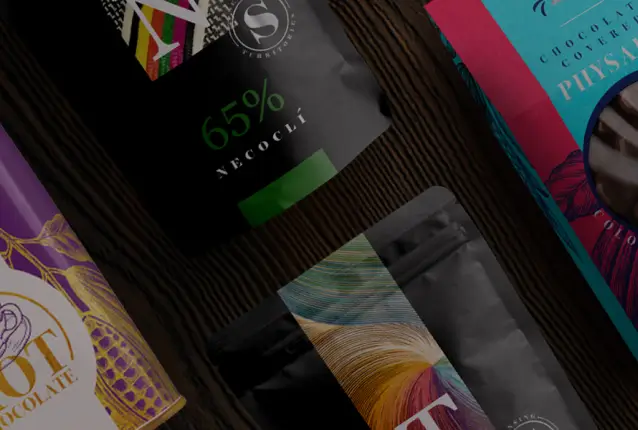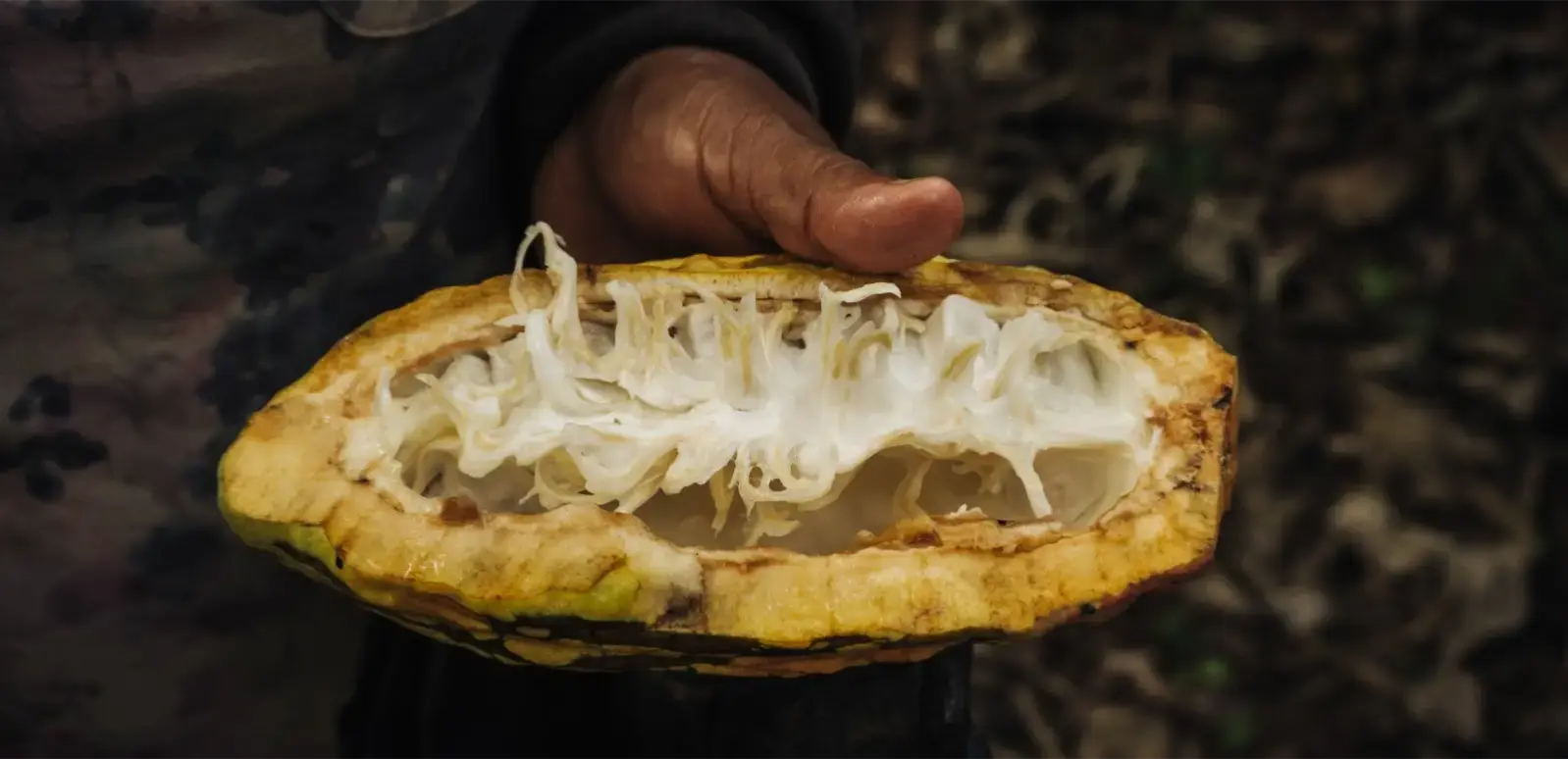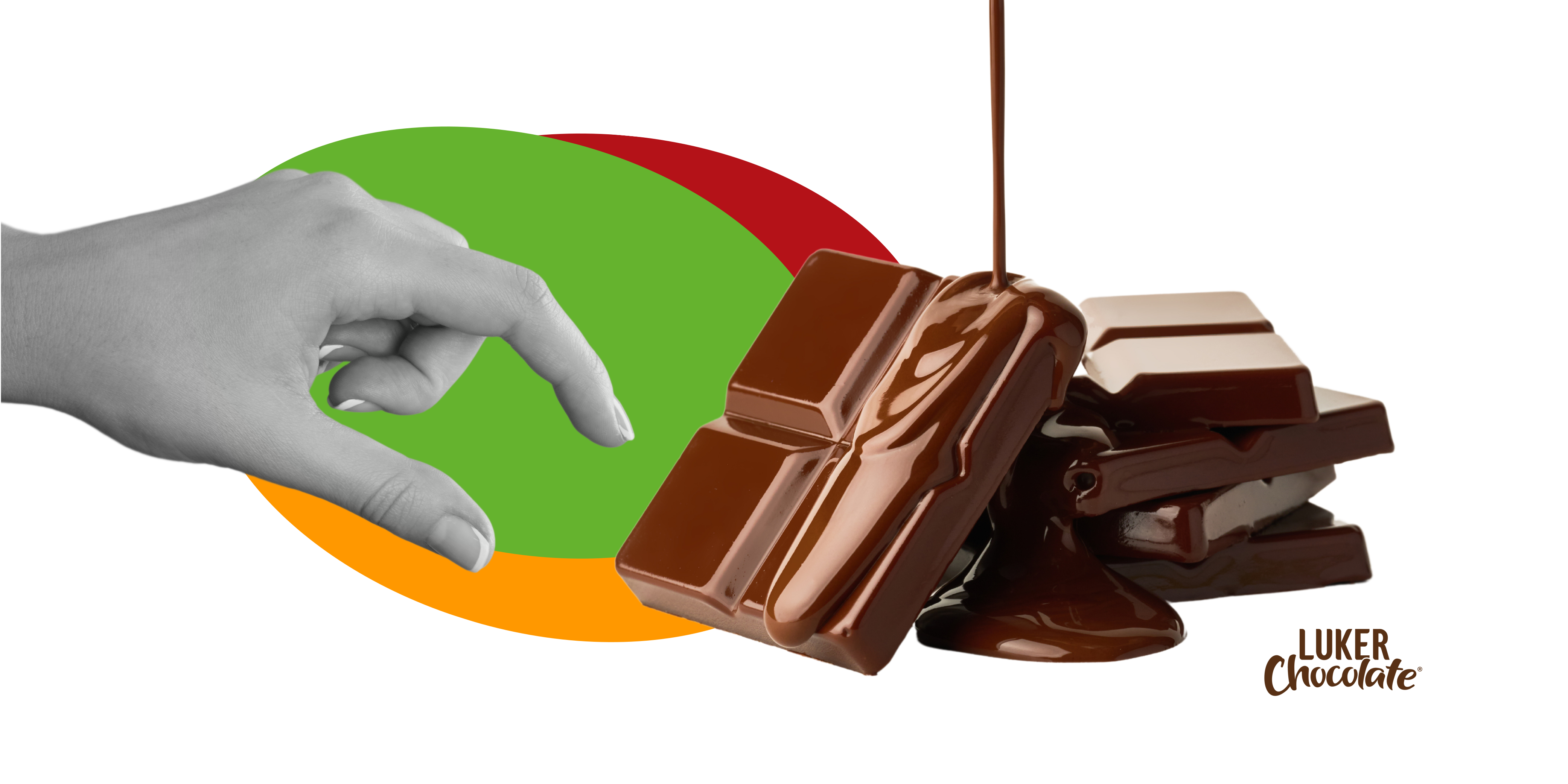Luker Chocolate’s VP of Strategic Procurement & Agricultural Development, Francisco Gomez
Last month, I was fortunate to be invited to speak on a two-day panel at the World Cocoa Foundation's 2021 partnership meeting to discuss sustainable cocoa and how we approach it throughout the cocoa quality.
We explored how the cocoa industry should work together with farmers, to help them achieve better cocoa quality and ultimately gain a better price for their produce.
The panel was separated into two sessions. The first looked at the various tools the cocoa community can use to achieve and maintain the best quality cocoa. The second, brought together members of the private sector to discuss measures that help increase a farmer’s income based on the quality of their cocoa.
Tools for achieving cocoa quality
One of the key challenges the cocoa industry faces is how to maintain high-quality flavour profiles over time. Cocoa flavour can be affected by several factors, such as the quality of the bean, fermentation, or the weather.
One of the industry’s goals is to standardise the flavour profile of cocoa (as is best practice with other products such as coffee) so that there are homogonous flavour profile concepts around the world. Now, in Colombia, we manage to educate the farmers to help them to get better quality. The way we do this is two-fold. Firstly, by developing guidelines that help farmers meet the required quality standards and secondly by providing training for farmers.
Our 100-year-old heritage spent working exclusively with Cacao Fino De Aroma has given us a wealth of experience in determining and maintaining a quality flavour profile. Two key factors that affect cocoa flavour are the postharvest processes: fermentation and drying. We’ve found for most of the regions in the country that the optimum period for fermentation is 6 days combined with another 6 days for the drying process.
At Luker Chocolate, through our sustainability initiatives with our sustainability programme The Chocolate Dream, we provide crucial training to farmers. And as buyer’s we encourage farmers to follow this process to give them a better chance of achieving the best quality and price for their cocoa product.
Generating a better income for cocoa farmers and quality cocoa bean production

In the second half of the panel, we brought together members of the private sector and cocoa associations. Luker was invited to share the processes we’ve developed to link the quality of cocoa produced to a farmer’s income. Over time, Luker has established a clear quality standard, measured across six characteristics such as fermentation, humidity levels or impurities.
This is shared with farmers on our plantations, and if the standard is overpassed by a certain percentage, then they can receive additional money for their produce. For example, our standard requires 70% level of fermentation, but if a farmer manages to maintain an 80% level of fermentation, they could gain an extra 3% in income.
We recently modified this process again to give farmers the opportunity to earn even more. Whereas previously the maximum percentage farmers could gain for improved quality was 5%, we raised this to 11% with the caveat that they can also now be discounted up to –5% for bad quality cocoa. The advantage of this being that a farmer can directly control 16% of their income, provided they follow our recommended guidelines.
We also offer an additional 5-10% of pay to farmers who can match the flavour profiles specific to our selected origins portfolio (e.g. Tumaco or Huila). This means that by following our guidance a good farmer could look to gain 20-25% over the standard Luker price.
By starting at the root and encouraging farmers to follow best practices, we as an industry can maintain top quality cocoa flavour and do all we can to help farmers earn a good income to bring them out of and fight poverty.
To find out more about Luker’s sourcing model and social innovation projects, read more on The Chocolate Dream here.
| Other resources you might find useful: |
